Diane Arbus at David Zwirner is an intimate and poignant tribute to her portraiture
In 'Diane Arbus: Sanctum Sanctorum,' 45 works place Arbus' subjects in their private spaces. Hannah Silver visits the London exhibit.

American photographer Diane Arbus was drawn to the other, celebrating the fringes of society in a prolific body of work created throughout the Fifties and Sixties. Her unflinching portraits, including of nudists, socialists, circus performers and transvestites, awarded her subject a respect which at the time was otherwise entirely absent.
A comprehensive exhibition earlier this year of over 400 works, at New York’s Park Avenue Armory, has returned Arbus firmly back into the public consciousness. Now, in London, the emphasis shifts to intimacy over scale, with the opening of 'Diane Arbus: Sanctum Sanctorum,' an exhibition of 45 photographs made in private places between 1961 and 1971. The exhibition will go on to travel to Fraenkel Gallery in San Francisco in spring 2026.

Diane Arbus, Female impersonator on bed, N.Y.C. 1961
Before the opening, I walk round the gallery with Jeffrey Fraenkel, who has worked closely with the Estate of Diane Arbus over the years. ‘I first saw Arbus’s work in a magazine, and there was just electricity in the image,’ he says. ‘I had never seen anything like it. It assured me there was a much bigger world out there than the world that I was growing up in. And that was reassuring.’
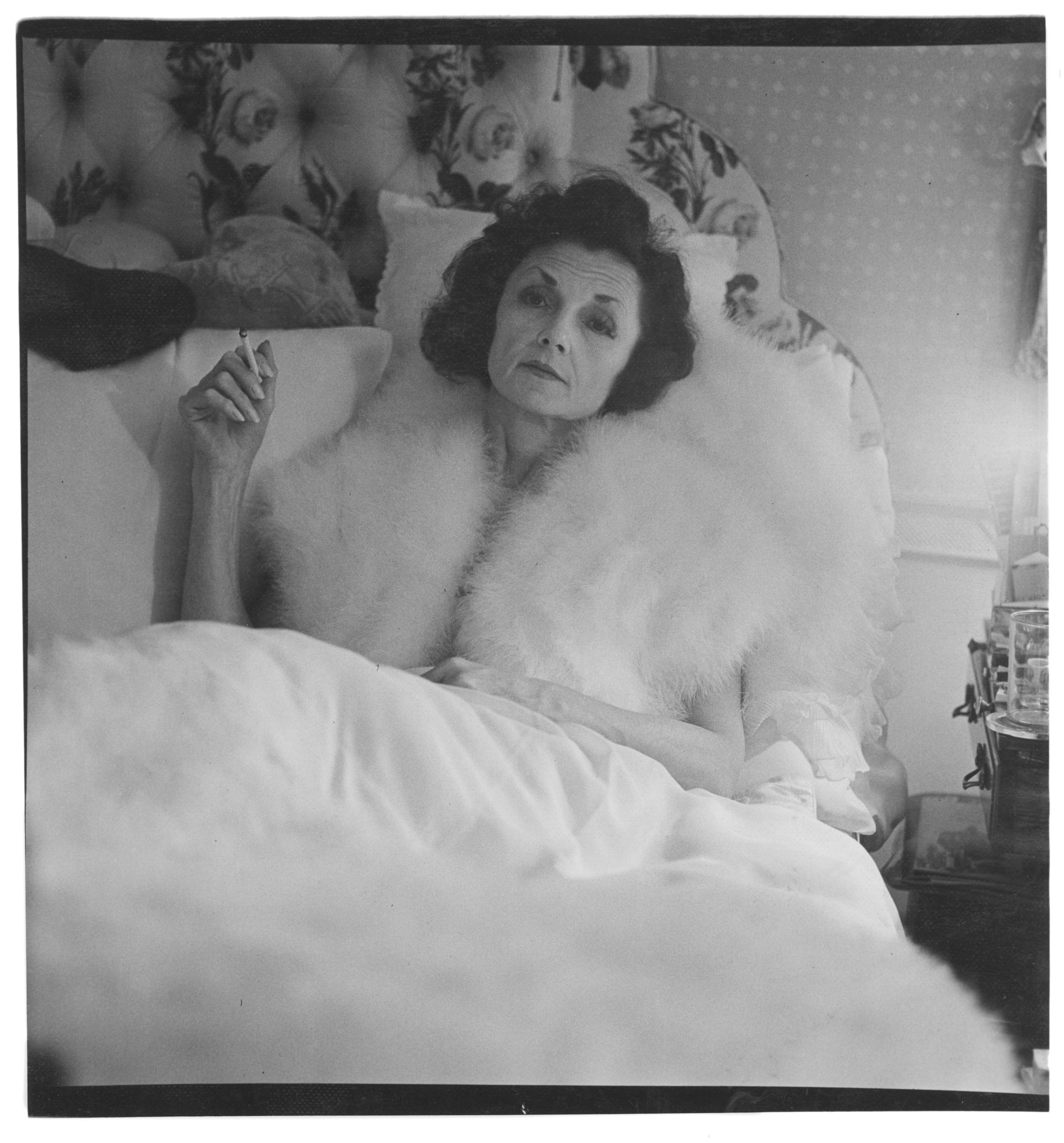
Diane Arbus, Brenda Diana Duff Frazier, 1938 Debutante of the Year, at home, Boston, Mass. 1966
Over the years, Fraenkel noticed how many of Arbus’ works were taken in the intimate spaces of her subjects – most notably, their bedrooms. These works speak to the level of trust Arbus inspired, as a photographer; a rare move, when considering photography was still disdained as an art form. In some images here, the subject confronts the photographer. In others, caught naked, mid-embrace, they act like she - and by extension, us - is not there at all. What was Arbus, the third person in the room, doing there? ‘There’s more than just respect there, there is trust,’ adds Fraenkel.
Arbus’ work is unique for being free from judgement. She avoided cropping images, displaying the full negative – complete with uneven black borders – as a way of taking the attention away from the photograph, and onto the human being it contained. Here, with the focus on the home, it is a method laced with a particular poignancy. ‘You think you're seeing it all, and then there's more. You look and realise – that's the refrigerator. Those are all the dishes in the sink. It means it’s their entire home. We're seeing everything in one room.’
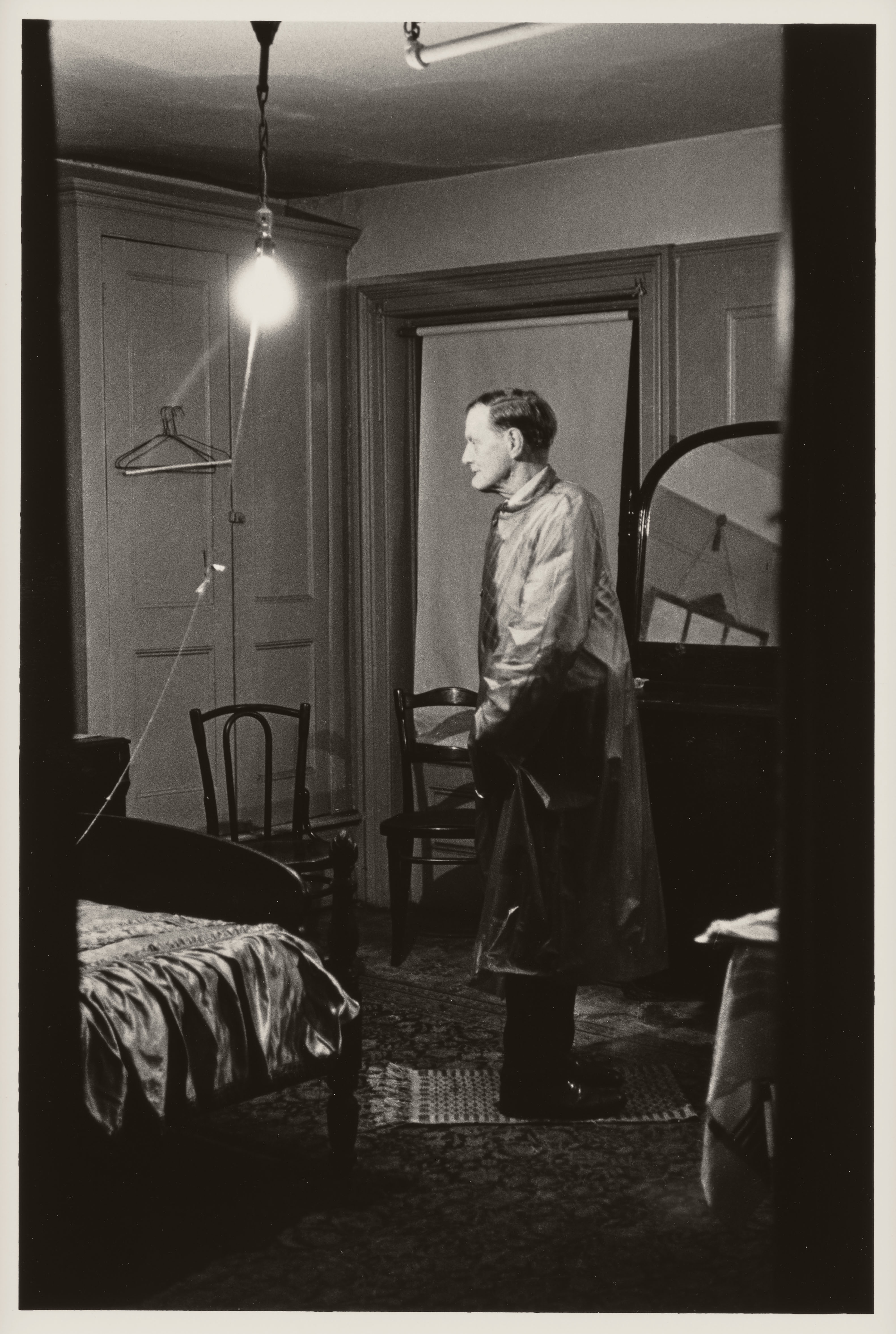
Diane Arbus, The Backwards Man in his hotel room, N.Y.C. 1961
While we are invited into these intimate spaces, to offer up our own interpretation, Arbus reminds us, again and again, we are looking at a photograph. ‘Her use of flash is really genius,’ Fraenkel says. ‘It pulls all these details out.’ In the pupils of her subjects, there is a reflected pinprick of light, a gentle admonishment that we are looking at a representation of the person only, rather than at the person themselves. Arbus wants us to be aware we don’t know as much as we think we do.
The photographs here are united in their honesty. There is a vulnerability in little-seen works, such as Interior decorator at the nudist camp in his trailer, Mexican dwarf in his hotel room and A naked man being a woman. Elsewhere – in A blind couple in their bedroom, Husband and wife with shoes on in their cabin at a nudist camp and Two friends at home – there is a testament to love, and to the desire to be seen, and known.
Receive our daily digest of inspiration, escapism and design stories from around the world direct to your inbox.
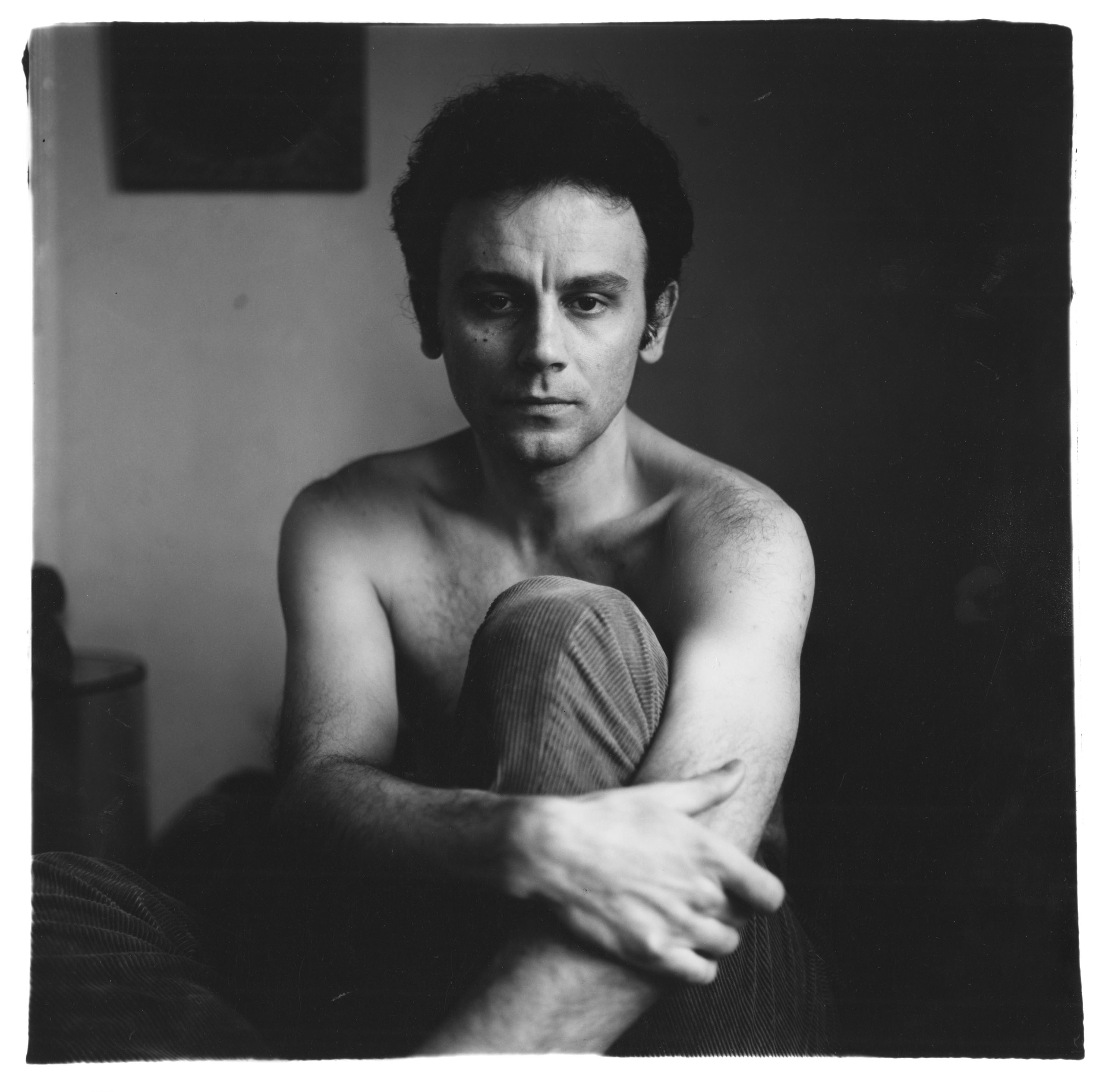
Diane Arbus, Lucas Samaras, N.Y.C. 1966
Be true to yourself, Arbus is saying, and that will be its own reward. ‘You can understand why these pictures made, and continue to make, so many people uncomfortable,’ says Fraenkel. ‘They don't have easy answers. There are people who would look and say that person is sick, and that would be their initial response. But Arbus had this angle in the world no one else did. I think she is in awe – of their courage, and their self-belief.’
Diane Arbus 'Sanctum Sanctorum' at David Zwirner London from 6 November–20 December, 2025. The exhibition will travel to Fraenkel Gallery, San Francisco in spring 2026
Hannah Silver is the Art, Culture, Watches & Jewellery Editor of Wallpaper*. Since joining in 2019, she has overseen offbeat art trends and conducted in-depth profiles, as well as writing and commissioning extensively across the worlds of culture and luxury. She enjoys travelling, visiting artists' studios and viewing exhibitions around the world, and has interviewed artists and designers including Maggi Hambling, William Kentridge, Jonathan Anderson, Chantal Joffe, Lubaina Himid, Tilda Swinton and Mickalene Thomas.
-
 Curvilinear futurism meets subtropical beaches at Not A Hotel’s ZHA-designed Okinawa retreat
Curvilinear futurism meets subtropical beaches at Not A Hotel’s ZHA-designed Okinawa retreatZaha Hadid Architects has revealed the design for the first property in Not A Hotel’s futuristic new Vertex collection, coming soon to southern Japan
-
 Gorden Wagener leaves the helm of Mercedes-Benz design after 28 years with the company
Gorden Wagener leaves the helm of Mercedes-Benz design after 28 years with the companyThe German designer is stepping down from the role of chief design officer at Mercedes-Benz. We look back at his influence and impact on the world of automotive and luxury design
-
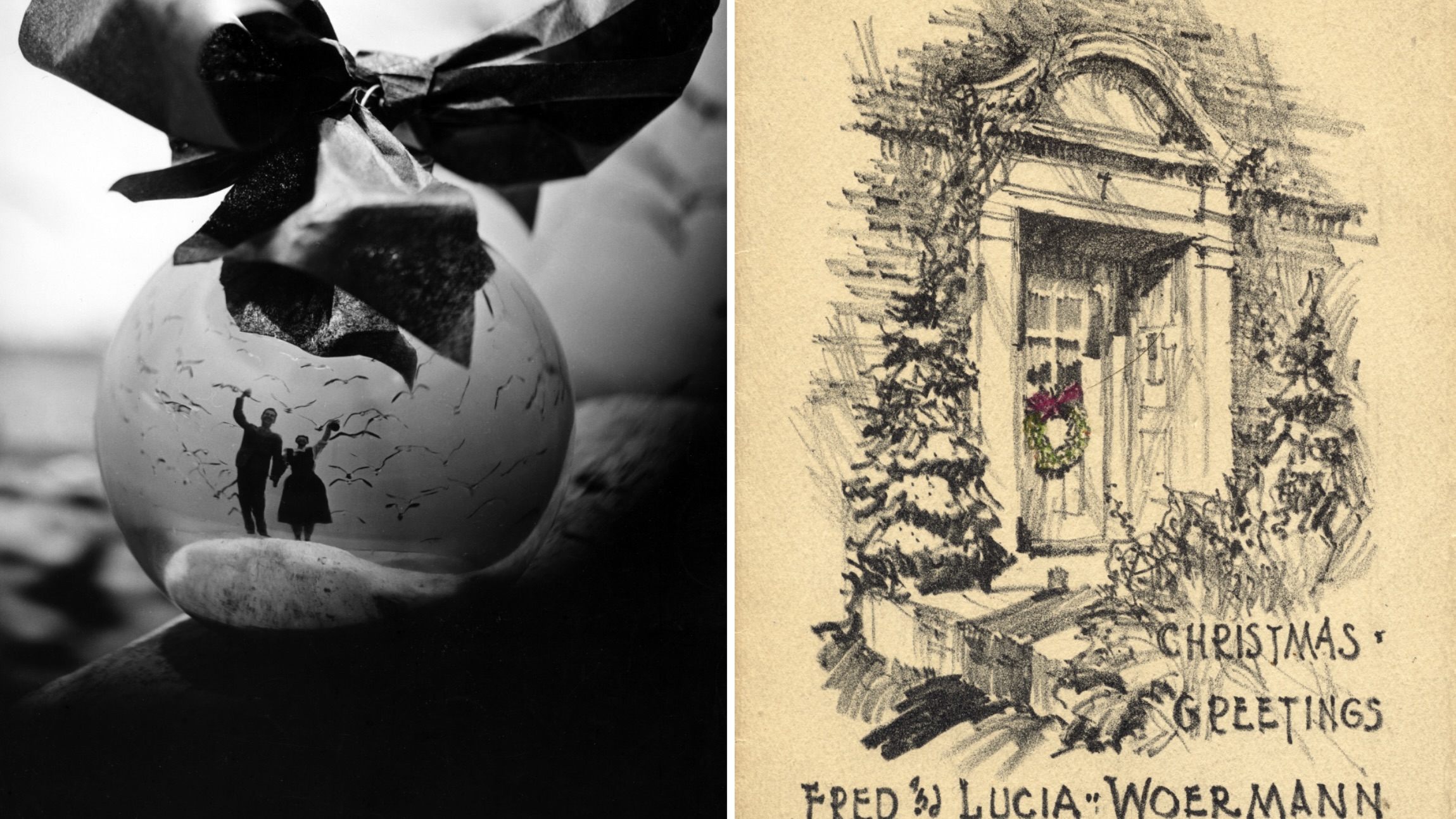 These Christmas cards sent by 20th-century architects tell their own stories
These Christmas cards sent by 20th-century architects tell their own storiesHandcrafted holiday greetings reveal the personal side of architecture and design legends such as Charles and Ray Eames, Frank Lloyd Wright and Ludwig Mies van der Rohe
-
 Out of office: The Wallpaper* editors’ picks of the week
Out of office: The Wallpaper* editors’ picks of the weekFar from slowing down for the festive season, the Wallpaper* team is in full swing, hopping from events to openings this week. Sometimes work can feel like play – and we also had time for some festive cocktails and cinematic releases
-
 The Barbican is undergoing a huge revamp. Here’s what we know
The Barbican is undergoing a huge revamp. Here’s what we knowThe Barbican Centre is set to close in June 2028 for a year as part of a huge restoration plan to future-proof the brutalist Grade II-listed site
-
 Out of office: The Wallpaper* editors’ picks of the week
Out of office: The Wallpaper* editors’ picks of the weekIt’s wet, windy and wintry and, this week, the Wallpaper* team craved moments of escape. We found it in memories of the Mediterranean, flavours of Mexico, and immersions in the worlds of music and art
-
 Each mundane object tells a story at Pace’s tribute to the everyday
Each mundane object tells a story at Pace’s tribute to the everydayIn a group exhibition, ‘Monument to the Unimportant’, artists give the seemingly insignificant – from discarded clothes to weeds in cracks – a longer look
-
 Out of office: The Wallpaper* editors’ picks of the week
Out of office: The Wallpaper* editors’ picks of the weekThis week, the Wallpaper* team had its finger on the pulse of architecture, interiors and fashion – while also scooping the latest on the Radiohead reunion and London’s buzziest pizza
-
 Out of office: The Wallpaper* editors’ picks of the week
Out of office: The Wallpaper* editors’ picks of the weekIt’s been a week of escapism: daydreams of Ghana sparked by lively local projects, glimpses of Tokyo on nostalgic film rolls, and a charming foray into the heart of Christmas as the festive season kicks off in earnest
-
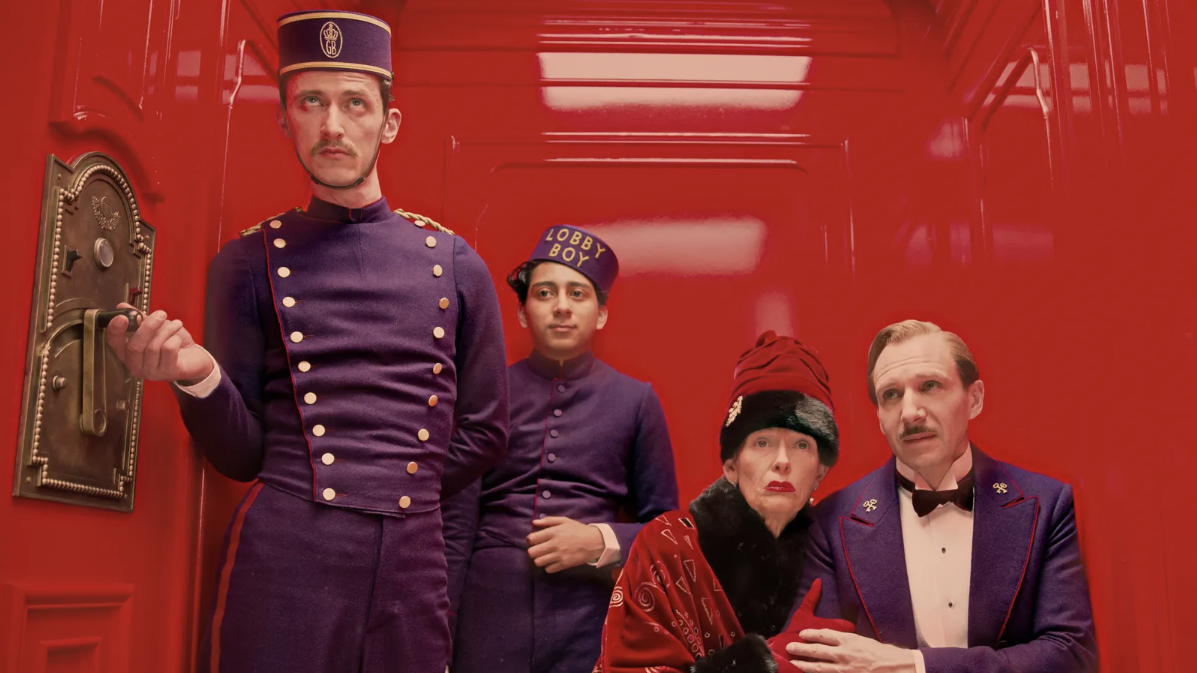 Wes Anderson at the Design Museum celebrates an obsessive attention to detail
Wes Anderson at the Design Museum celebrates an obsessive attention to detail‘Wes Anderson: The Archives’ pays tribute to the American film director’s career – expect props and puppets aplenty in this comprehensive London retrospective
-
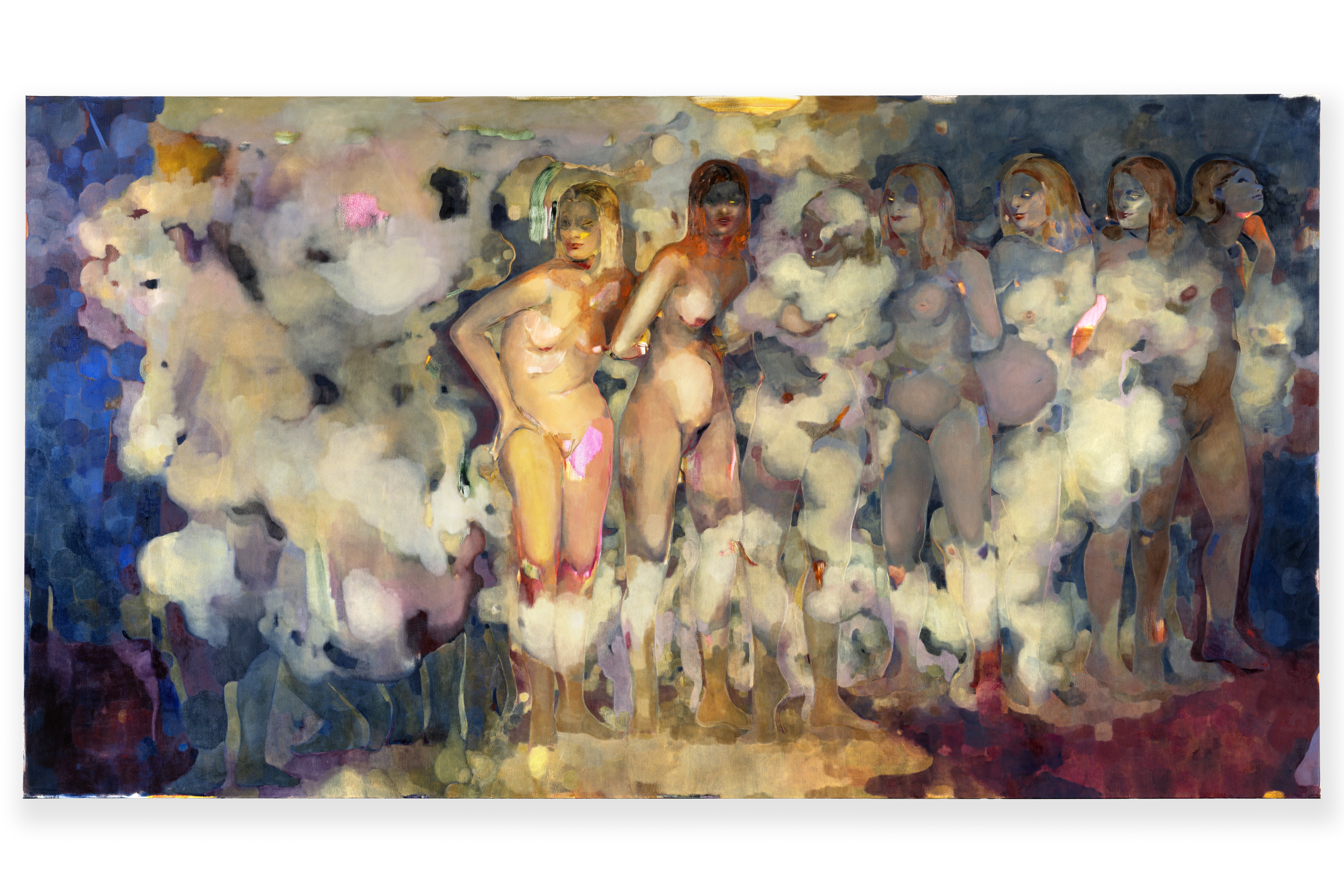 Meet Eva Helene Pade, the emerging artist redefining figurative painting
Meet Eva Helene Pade, the emerging artist redefining figurative paintingPade’s dreamlike figures in a crowd are currently on show at Thaddaeus Ropac London; she tells us about her need ‘to capture movements especially’